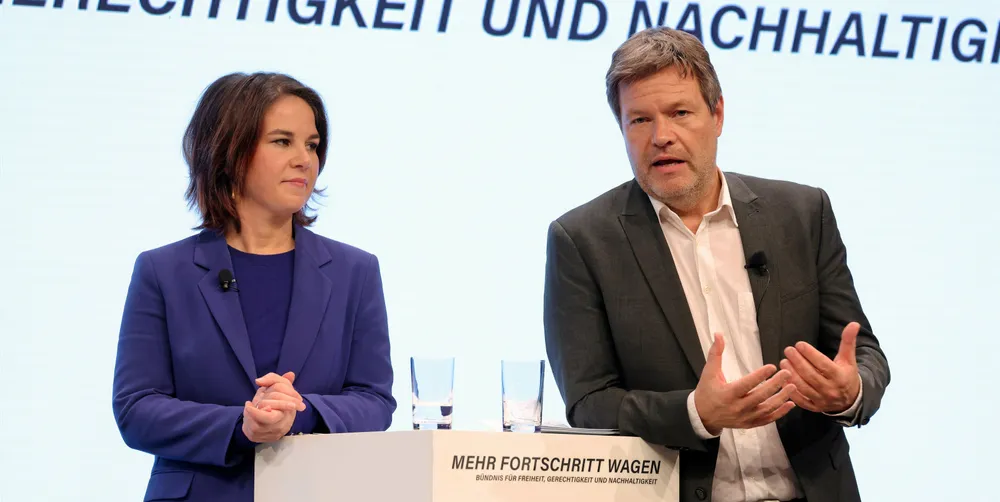Germany plans to double hydrogen electrolyser capacity target to 10GW by 2030
Coalition treaty of incoming government under designated Chancellor Scholz foresees update to hydrogen strategy next year

Coalition treaty of incoming government under designated Chancellor Scholz foresees update to hydrogen strategy next year
